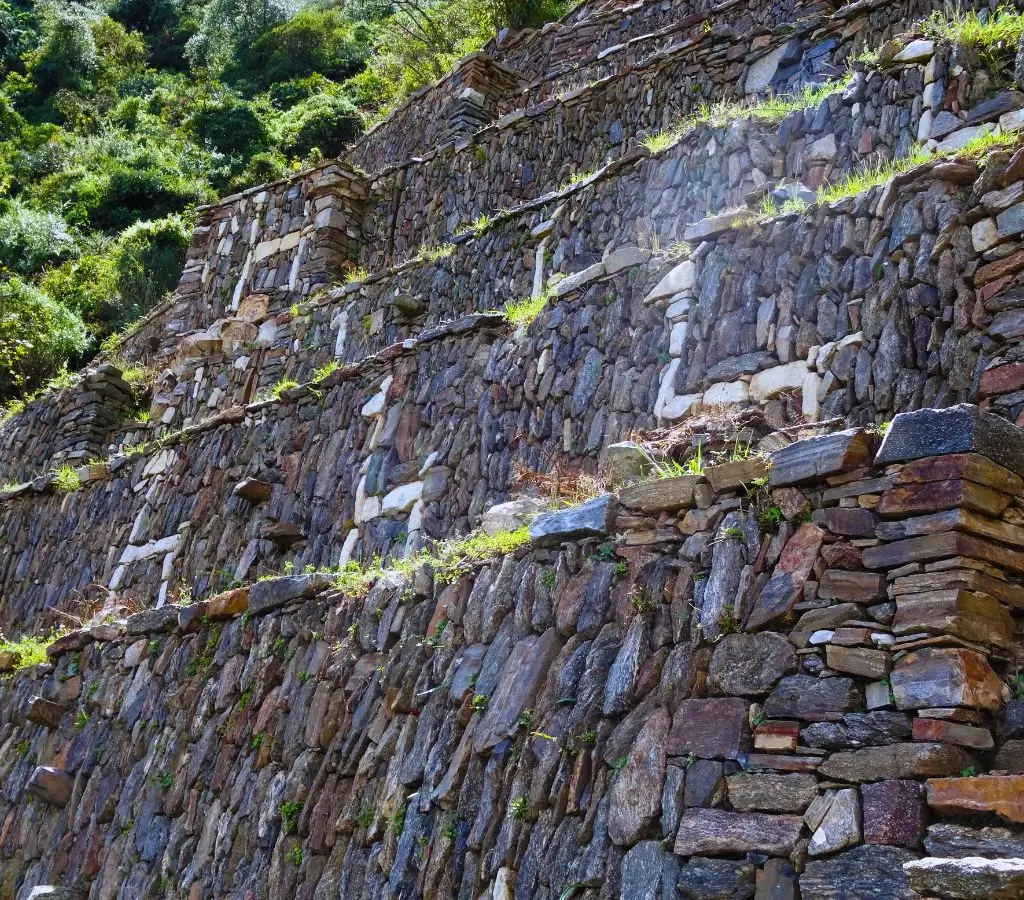To visit the wonderful Centro Arqueológico de Choquequirao, you have to know its most impressive features and the attractions that you will be able to see.
The level of access to Choquequirao is complicated and adventurous because there is no direct transportation to the Inca construction, but this particularity gives way to the four-day trekking that you can do to live one of your best experiences;
The majestic citadel of Choquequirao is located on the banks of the Apurimac River, on the fringes of the Salkantay snow-capped mountain, and belongs politically to the district of Santa Teresa and province of La Convención in Cusco.
It has an altitude of 3033 meters above sea level.
The climate in Choquequirao varies according to the season, from March to April is the dry season due to the absence of rain, the temperature is 23 °C to 6 °C.
Mientras que en los meses de abril a noviembre se presencia las lluvias que dificultan el camino, su temperatura en esta época oscila entre los 25 °C a 4 °C.
Because of its geography Choquequirao contemplates diversity in flora, it is possible to observe a great quantity of wild plants among the most outstanding are the orchids of Wakani, you can also find corn, potato, coca, cacao and fruit crops.
Its fauna includes the Andean bear, fox, vizcacha, butterflies, wild cat, hummingbird, toucan, condor and other varieties of birds.
After the countries so attractive that you can observe, you will also have at your disposal the fundamental sectors of each zone in the Ciudadela de Choquequirao.
Also known as "Plaza de Huacayapata" it is located near the colcas and workshops, this consists of stone construction with floors next to other buildings.

The Incas made these food stores such as corn, quinoa, potatoes, salted meat, which were deposited to preserve food for any unforeseen event as a result of bad harvests.
One of the most outstanding attractions of Choquequirao is its system of terraces that has a height of up to three meters, made of stones that fit perfectly.
The Paraqtepata terraces contain 18 terraces separated by stairs in three vertical groups, they are down in an abyss, while the Pacchayoq terraces are not on the edge of the ravine and their whole set is best appreciated on the road to Marampata before reaching Choquequirao.
The part that causes admiration of every explorer are the platforms of the "Llamas del Sol" are decorated with white stones that form the figure of llamas, is a very original and unique work of the Incas within the system of andenería.

Since it is also catalogued as a ceremonial center, it is probable that the five buildings in the upper part were built for the priests.

Named also as the Triumphal Wall, where 17 funerary bundles and the trough known as The House of the Falling Water were found.
They are rectangular-shaped buildings that have a multifunctional function as administrative centers, meeting places, workshops and other Inca activities.

It is an oval platform that is built with walls surrounding it on a hill that gives impressive views of the place, was a space for religious ceremonies, where ritual sacrifices and offerings were performed.
Finally, knowing the fortress of Choquequirao allows us to see the architectural similarity with Machu Picchu, we as Illapa tourism agency take you through the best routes so you can see all the landscape, the archaeological remains that you can find on the way, because the whole region is surrounded by Inca remains, if you would like to visit this beautiful place write to us.


